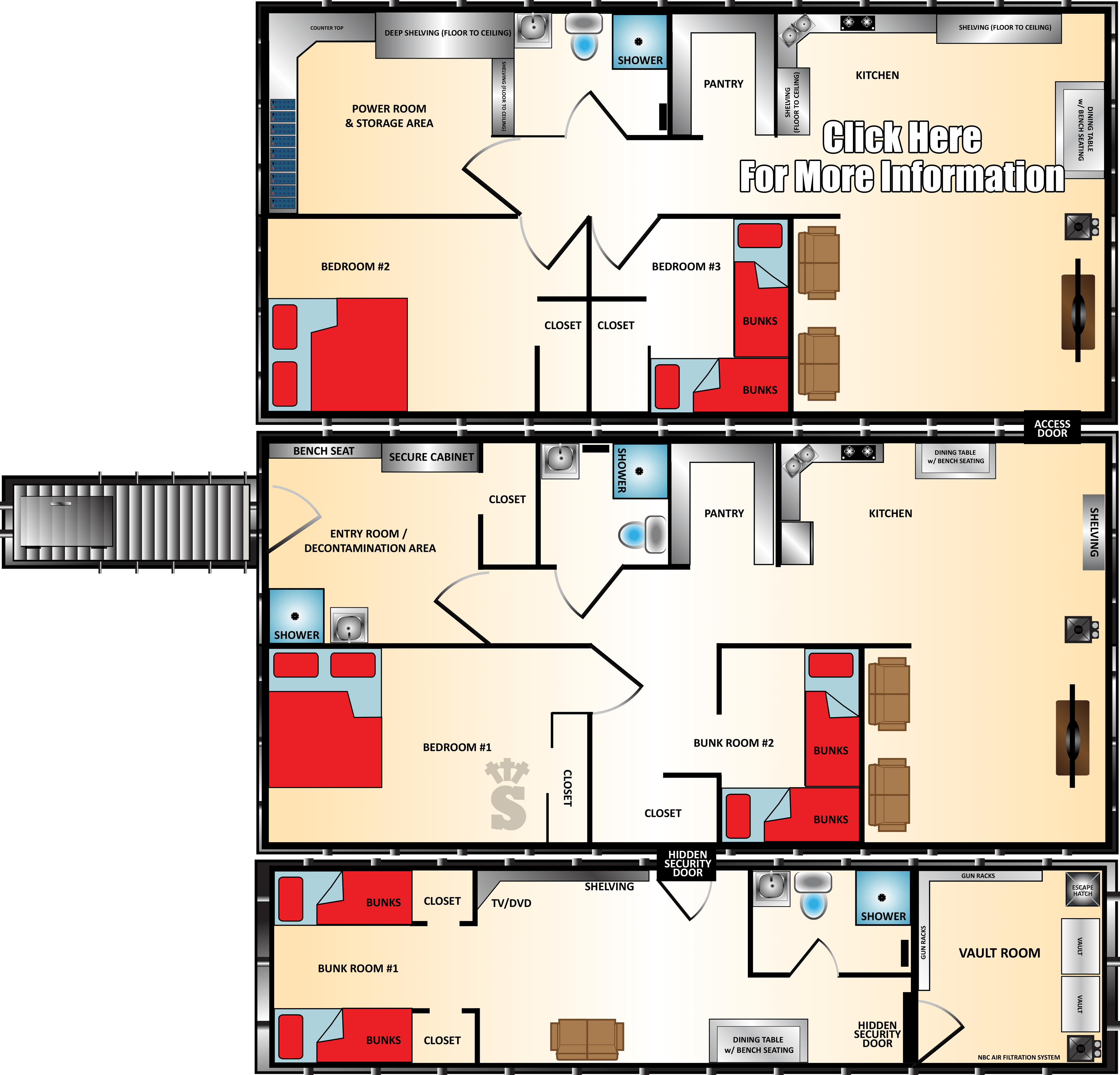

In fact, Truman was walking a tightrope in dealing with American public opinion about the Soviet menace. Nuclear war, Truman and his advisors knew that public belief that shelters worked would be a boon to morale in an otherwise nervous age. Although scientists disagreed as to the effectiveness of shelters in the event of a Truman responded to the heightened public anxiety by creating the Federal Civil Defense Administration in 1951. Aside from the attack on Pearl Harbor, the United States had never, in all its wars, suffered such an attack from the air but the nuclear age, with its long-range bombers and intercontinental ballistic missiles, made that threat very real. This ended the American monopoly on nuclear weapons and introduced the world to the possibility of nuclear war between the two superpowers. The initial interest in fallout shelters within the United States can be traced to 1949, the year that President Harry Truman informed the nation that the Soviets had exploded an atomic bomb. A shelter would usually be stocked with canned food, bottled water, medical supplies, a radio, a Geiger counter, and a chemical toilet, among other necessities. A prototypical fallout shelter was made of concrete and steel, and sunk in the earth for added protection, although those who could not afford such a construction project sometimes set aside a corner of their basement or dug a makeshift shelter under the crawlspace of a house. government during the Cold War, most were smaller, designed to protect the family whose backyard they occupied.


Although some large shelters were built by the U.S. A fallout shelter, sometimes known as a bomb shelter, is a structure designed to allow those inside it to survive a nuclear blast and its likely aftermath of fire, radiation, and societal disruption. Part of American culture since 1949, fallout shelters were inspired by fear of nuclear attack and their subsequent waxing and waning popularity has been directly related to U.S.-Soviet relations.


 0 kommentar(er)
0 kommentar(er)
